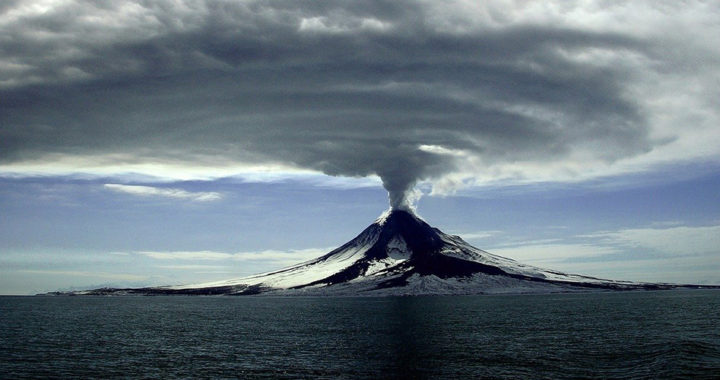A volcanic eruption is a geological phenomenon occurring when hot materials from the interior of a planetary-mass object are thrown out of a vent or fissure found on the surface. These vents or fissures are collectively called volcanoes.
The volcanoes on Earth occur because the crust is broken up into 7 major and 152 tectonic plates that float on a hotter and softer layer in their mantle. The interactions between and among these plates are the primary cause of volcanic eruption.
Explainer: The Science Behind Volcanic Eruption
Remember that a volcanic eruption happens when a material warmer than its surroundings escapes from its interior and out of a volcano. In the case of Earth, a volcanic eruption is essentially magma rising from the interior.
It is worth mentioning that a magma is a molten or semi-molten material found beneath the surface of the Earth. The pressure beneath the surface maintains the hot and molten consistency of this material.
Nevertheless, warmer materials are usually fluid, less dense, more buoyant, and have the tendency to move away or rise from the heat source. The same is true for magma, especially if there is an opportunity for it to escape the interior.
There are three major reasons why magma might escape, rise, and cause volcanic eruptions. Two of these have something to do with the movements of tectonic plates.
Diverging tectonic plates or those that move away from each other create empty spaces. The magma naturally rises to fill in these spaces. On the other hand, converging tectonic plates or those that move toward each other can collapse the crust deep in the interior, causing it to melt and rise as a magma.
Magma also rises up through hotspots believed to be formed by mantle plumes. These spots are essentially hot areas formed within the core-mantle boundary that causes large-volume melting. The resulting magma becomes less dense over time before it eventually rises.
Additional Pointers on Volcanoes, Eruptions, and Tectonic Plates
Note that some eruptions are tamed while others are large and explosive. Explosive eruptions occur when volcanic gasses trapped as bubbles within the magma and cavities in volcanic rocks reach the surface and explode due to the difference in pressure and temperature.
In addition, volcanoes on Earth are generally found where tectonic plates diverge or converge. Hence, the Pacific Ring of Fire has been notorious for being home to most of the active volcanoes in the world because of convergent tectonic plates. The Mid-Atlantic Ridge has volcanoes caused by divergent tectonic plates.
Most volcanoes are also situated over magma chambers. Remember that magma naturally rises through cracks and spaces from beneath and across the crust because it is more fluid, less dense, and more buoyant than the surrounding rock. If it cannot immediately find a path upwards, it usually pools into a magma chamber.





